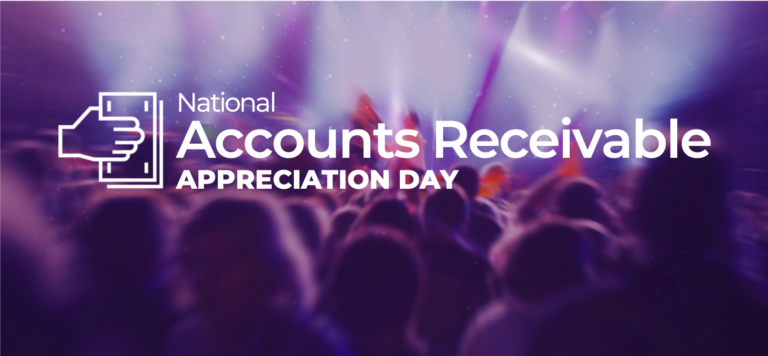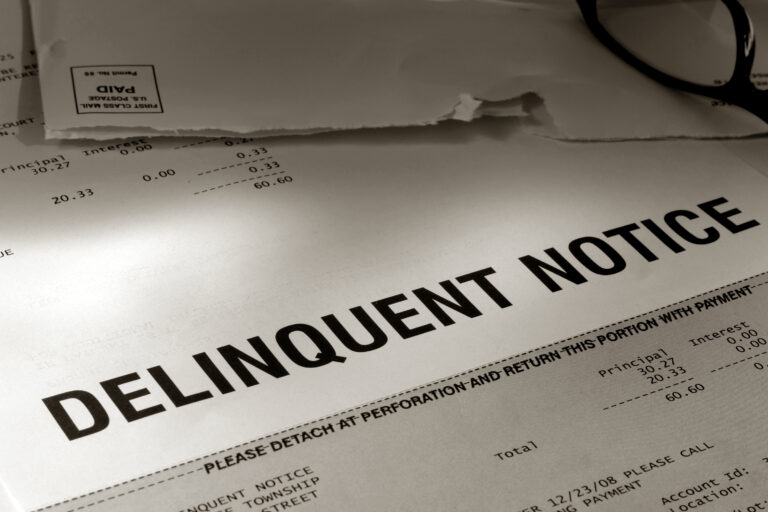Updated March 2023
The COVID pandemic taught us that the future of B2B payments (along with everything else!) is always going to be unpredictable. But as the world settles into its new “normal,” we have spotted two overarching shifts in the B2B payments landscape.
- Business trends that started pre-pandemic are now resuming.
- Businesses exchanging funds have prioritized speed, simplicity, and minimal human interaction.
We here at Invoiced have been keeping an eye on these B2B payments trends —particularly on B2B payment policies that have been evolving and where they’re likely to go in the near future. Here’s where we see the future of B2B payments heading in the next few years.
Want more information on trends in billing? Check out the Invoiced blog!
1. Payments are going digital
Perhaps the most easily identified trend within the B2B payment landscape is a shift away from physical payments to electronic transactions. In fact, according to the Bottomline B2B payments trends survey, 49% of the respondents plan on converting from paper check payments to electronic (ACH, card).
The pandemic accelerated this trend as many businesses—whose workforces were now completely remote—lacked the resources to print, sign, and mail a high volume of checks easily.
Admittedly, physical checks remain a prominent channel for B2B exchanges. Bottomline Technologies, Inc. reported in its 2022 B2B Payments Survey Report that 36% of surveyed companies still used checks for more than half of their payments. But that same survey also indicated that the remaining two-thirds of respondents relied on electronic transactions for the majority of their payments.
2. Automation and smart analytics are on the rise
With the rise of AI, analytics, and automation, the manual elements of B2B payment processing is on a marked decline. Rather than relying on gut instinct to determine payment authorizations or set credit lines, businesses are beginning to rely more on data-driven decision-making for smarter, faster choices.
Similarly, many organizations are offloading much of the paperwork—and busy work—associated with their accounts payable (A/P) and accounts receivable (A/R) efforts to automated workflows for further efficiency gains. In a study of global automation trends conducted in late 2021 by the Institute of Financial Operations & Leadership, researchers found that the number of participating companies that used fully-automated A/P processes had nearly doubled compared to 2019 figures. And 41% of the surveyed businesses anticipated being fully automated within the next three years.
This shift, in turn, will drive accelerated A/P and A/R timelines as manual errors and unnecessary bottlenecks become less commonplace.
Curious what automation looks like within accounting? Check out our pages on A/R automation, A/R analytics, and A/R integrations.
3. Complicated processes will lose you business
If your A/R efforts involve multiple discussions—whether through email or over the phone—for every transaction, don’t be surprised when you start losing customers. Business buyers are less patient these days, expecting their purchases to be handled quickly and efficiently. And if those expectations aren’t met, they’ll start to look at your competitors.
After conducting a survey of over 400 companies, Balance Payments, Inc. discovered that roughly 83% of respondents indicated that a smooth payment and checkout experience was their number one priority when choosing an e-commerce supplier. Similarly, 90% of surveyed buyers noted that a complicated or difficult checkout experience would reduce their likelihood of becoming loyal customers. And 73% said they would be more likely to abandon an electronic purchase entirely if they encountered friction during checkout.
This expectation of convenience extends beyond just the pure transaction. Roughly 50% of surveyed buyers were concerned with approval timelines surrounding payment terms, citing excessive delays during this process as their most likely reason to switch suppliers. Conversely, the next most common reason was a lack of modern e-invoicing options.
4. Buyers want to choose how they pay
According to research conducted by Forrester Consulting and TreviPay, payment choice is already commonplace, with the average business within the study offering 4.7 different transaction methods to its buyers. Wire transfers, digital wallet payments, credit cards, and real-time payments were the most common among the various options.
However, these focuses may soon shift with the continued emergence of new fintech companies that offer business-focused payment services similar to what peer-to-peer (P2P) platforms—like PayPal or Venmo—already deliver to consumers. At the same time, while admittedly experiencing quite a bit of turbulence at the moment, cryptocurrencies could still become a common payment strategy, particularly if the market consolidates to focus on only a handful of coin types.
At the same time, buyers are looking for not only flexible payment options but flexible payment timelines as well. Buy now pay later (BNPL) policies are becoming much more common. At least, that’s what Allied Market Research noted in their 2021 Buy Now Pay Later Market report. Currently, the firm projects that while the BNPL market size was valued at $90.69 billion in 2020, by 2030, the market will exceed $3.98 trillion—reflecting a compound annual growth rate of roughly 45.7%.
5. Fraud is alive and well
It shouldn’t be any surprise that thieves and other ne’er-do-wells go where the money is. So as long as your business is spending or receiving funds, they’ll be doggedly looking for ways to insert themselves into that process for their benefit.
Returning to the Bottomline 2022 B2B Payments Survey Report, researchers found that 49% of responding businesses had experienced a serious fraud attempt in the past year. And 15% of these surveyed companies had fallen victim to at least one attack, suffering some form of financial loss. The most common attack vector was vendor impersonation, which reflected roughly 69% of all detected attempts.
And these findings reflect research conducted by the Association of Certified Fraud Examiners, which identified billing schemes as the most common mechanism for fraudulent asset misappropriation. Similarly, the third and fourth most common methods—fraudulent expense reimbursements and payment tampering, respectively—were also related to B2B transactions.
6. Virtual cards are gaining traction
In keeping with the desire for increased security and fraud prevention, the use of virtual cards is becoming much more commonplace. These temporarily-assigned card numbers deliver the same functionality as a credit card but feature limits that prevent using the virtual account for any transactions beyond the originally-authorized and specifically-targeted payment amount. At the same time, by only sharing this one-time-use payment information, personal account data is much less likely to be left vulnerable after a data breach.
Because of these security advantages, Juniper Research anticipates that virtual cards outperform other emerging payment mechanisms, such as traditional contactless cards and quick response (QR) codes. In fact, in a recent report, Juniper predicted that between 2022 and 2027, the total value for global virtual card transactions will balloon by 340%—moving from $28 billion in 2022 to over $121 billion in 2027. And roughly $71 billion of that 2027 projection will be exclusively handled by U.S. businesses.
The study also suggests that the number of virtual card transactions through mobile payment methods will increase similarly, from 5 billion in 2022 to 53 billion in 2027.
Keep Your B2B Payment Processes Up-to-Date with Invoiced
Of course, any major—or even minor—economic shift or disruption might alter these B2B payments trends dramatically, which is why you should focus on strategies and tools that offer agility and flexibility in how you run your B2B payment operations. And typically, digital platforms that deliver adjustable workflows and ongoing development support will help your business to adapt and grow more.
If you’d like to explore how you can better future-proof your payment efforts while saving time and money, check out Invoiced’s Accounts Receivable, and Accounts Payable automated B2B payments platforms.
Or, if you want to unlock the potential of your financial data and gain more nuanced control over how you pay your vendors and how you get paid, consider the Invoiced Business Network.




